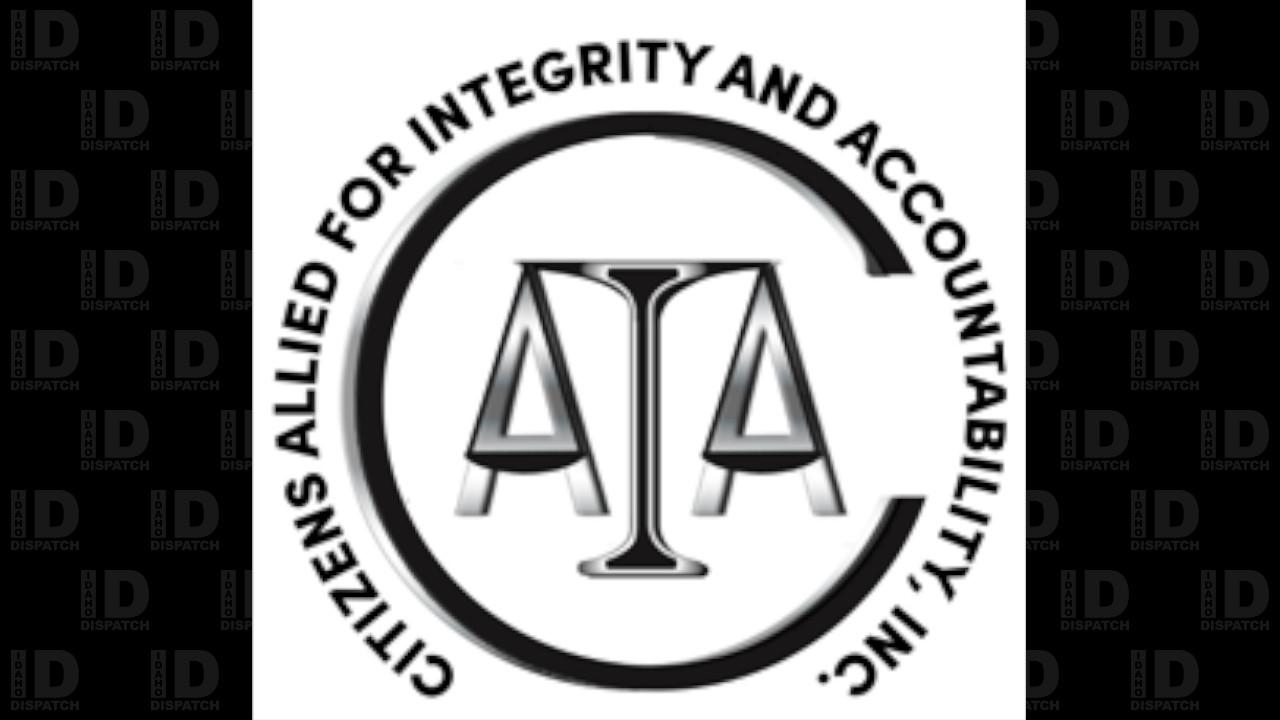
Press Release: CAIA Sounds Alarm as EPA Considers First UIC Class II Injection Well for Disposal of Oil and Gas Wastewater in Idaho
By Press Release • February 15, 2022The following Press Release was sent out by the Citizens Allied for Integrity and Accountability. Note: Press Releases sent out by organizations do not necessarily reflect the views and opinions of those at the Idaho Dispatch.
Class II disposal wells trigger surface/groundwater contamination and earthquake clusters in other states – Idaho could be next
Eagle-based community watchdog group Citizens Allied for Integrity and Accountability (CAIA) received notice that the EPA has set deadlines for a public comment period and hearing to consider permitting the very first Underground Injection Control (UIC) Class II injection well here in Idaho. This permit is designated solely for the disposal of waste produced by the drilling and production of dozens of oil and natural gas wells in the Treasure Valley. The draft permit, fact sheet and Aquifer Exemption record of decision are available at https://www.epa.gov/uic/underground-injection-control-region-10-ak-id-or-and-wa.
Inherently risky, Class II injection wells were banned by the state of Idaho in 1985. After years of industry representatives clamoring for a cheaper way to dispose of the toxic byproducts of their operations – and against strong opposition by CAIA and allies – EPA approved a 2018 rule change that gave the agency primacy over permitting, ostensibly bypassing the State ban and opening the door for this controversial practice.
Approval of the permit sought by operator Snake River Oil and Gas (SROG) would exempt the Willow Sands aquifer as an underground source of drinking water (USDW). This would facilitate the use of an abandoned hydrocarbon well in Payette County for high-pressure injection of radioactive, chemical-laden, carcinogenic industrial waste deep underground, directly through critical drinking water aquifers.
According to CAIA President Shelley Brock, “This method for disposing of oil and gas waste – while notoriously hazardous – presents an even greater risk when promoted through the use of ‘legacy’ wells. Steel and cement casings have a long history of failing over time, allowing toxic fluids to migrate into drinking water aquifers and to the surface where they can poison streams, rivers, irrigation systems and critical wildlife habitat.”
Oilfield waste is already exempt from federal environmental regulations that every other US industry must adhere to, leaving produced water, drilling fluids and hydraulic fracturing fluids unregulated under the nation’s premier hazardous waste laws. Independent news outlet ProPublica describes the EPA as historically understaffed and lacking the resources to adequately inspect, document and enforce violations when they do occur. Injection Wells: The Poison Beneath Us
“This is a recipe for disaster” warns Brock. “With Idaho’s burgeoning population and historic drought exacerbating the strain on already depleted aquifers, the thought of risking our existing water resources to an industry that has already cost taxpayers far more to operate here than it has returned in severance taxes is deeply disturbing.”
In addition to surface and groundwater contamination, induced seismicity from Class II wells has been well documented in oil and gas producing states across the nation. Wastewater injection has triggered earthquakes many miles from wells, racking up massive property damages and a backlog of insurance claims and lawsuits. State regulators attempt to downplay the risks here in already earthquake-prone Idaho as SROG continues to assert that this disposal method is imperative to their ability to operate.
“While this is our first Class II application, it won’t be the last” Brock adds. “In recent months SROG has drilled 3 new gas wells, and they have plans for many more. With hundreds of thousands of acres leased for drilling in Ada and other counties across the state, the threat of water contamination and increased seismicity from the discharge of massive volumes of toxic waste will reach far beyond Payette County. With the state’s inadequate bonding program, all Idaho taxpayers will be on the hook for any damages that ensue.”
Brian Ertz, an attorney for CAIA, asserts “Regulators have provided inadequate assurances that the poison operators propose to pump into the ground will not spill, leak, and leach into bodies of water Idahoans use as sources of drinking water. The EPA should deny the permit. There has been inadequate study. Contradictory and capricious claims about the geology of the proposed site, the agency’s lack of capacity to keep proper oversight, and the undeniable risk all govern against approval.”
Concerned citizens are encouraged to submit their comments via email to osborne.evan@epa.gov no later than 5:00 PM Mountain Time (MT) on February 28, 2022, and must include:
- The statement “Draft Permit Public Comment” or “Draft Aquifer Exemption Public Comment” in the subject line of the email
- Name, address and telephone number
- A concise statement and the relevant facts forming the basis for the comment
The online public hearing to collect oral comments is scheduled for February 18, 2022 at 10:00 AM (MT). To participate in the hearing, go to https://www.epa.gov/uic/underground-injection-control-region-10-ak-id-or-and-wa the morning of the hearing where directions on how to attend will be provided.
CAIA is a non-partisan Idaho non-profit dedicated to representing and educating the public and participating in public processes to promote the preservation of private property rights, public health, safety and critical natural resources
Tags: Citizens Allied for Integrity and Accountability, EPA, ProPublica, Underground Injection Control

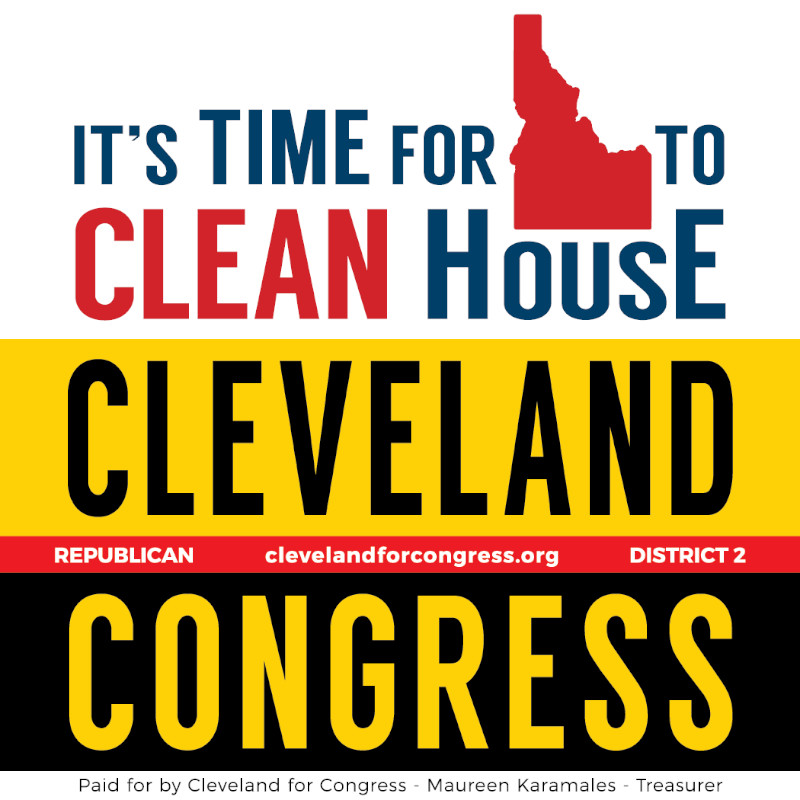
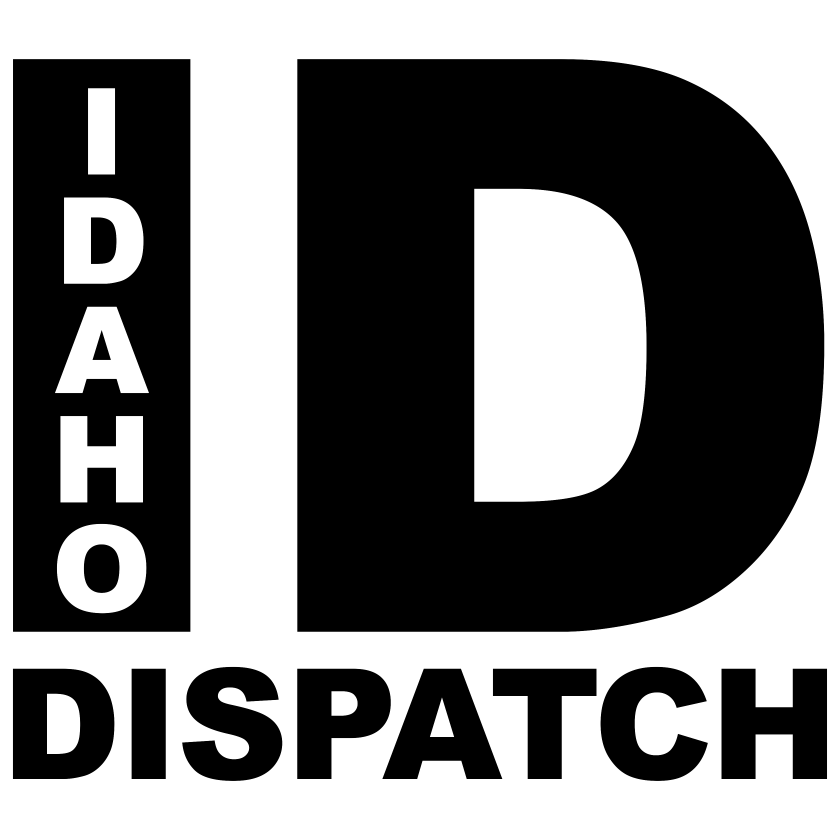




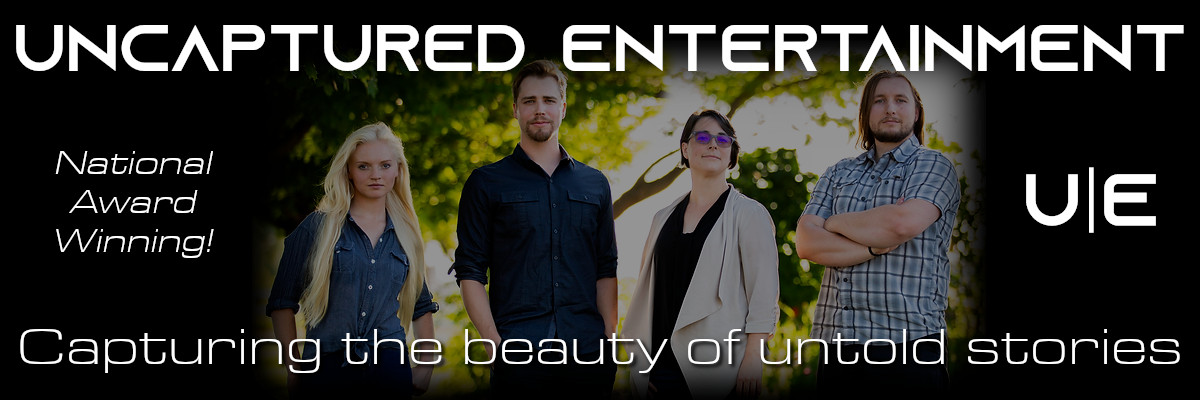


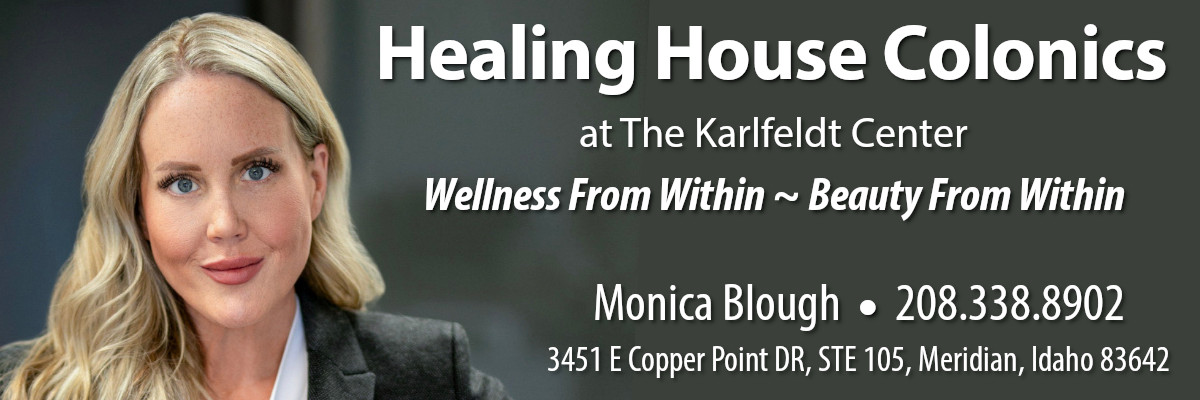





They want to poison a water aquifer by injecting oil and gas byproducts? That’s insane. We have to live on this planet. And who the hell is the EPA to circumvent Idaho state law?
“The powers not delegated to the United States by the Constitution, nor prohibited by it to the States, are reserved to the States respectively, or to the people.” – 10th Amendment, US Constitution
I agree 110% as a past water operator the states DEQ has done a horrible job protecting the states water. They protect the businesses that are doing the greatest harm. Having the feds approve anything in this state should be thrown out. This is insane, lack any common sense, and not for Idaho.
Oh come on. Knowledge is power. From someone that owned an oilfield company for 14 years in the Bakken, you need to really be informed of true potentials these wells have. Let me get straight to the point. NO, the Aquaphor does not get tainted. However, this CAN happen with natural underground formations that accumulate 10,000 FEET under surface. (How deep is your well water system ? These wells are encased, without going into all the engineering behind these wells. How about you tell me what you recommend on how to dispose of used energy ? Do remember, these derivative byproducts are used in daily life and not all just pumped down a SWD well. On top of that. It’s sure easy to become brainwashed when you know nothing of the process’s. another note, Idahos gas prices do not need to be as high as they are, even during a lack of oil. Poor planning, poor transportation guidelines, poor resourcing of our needing energy!
All federal three-letter agencies are corrupt, liberal liers!!! And they especially want to poison & destroy red states, which are the bane of their existence. If we’ve learned anything in the last two years, it’s that the government DOES NOT have our best interest at heart. A BIG NO to injection wells in Idaho!
Remember the only enemy this nation has are its politicians, government employees and the military. Pay attention to what they have done to us besides than Bankrupting and taxing us.
CAIA claims that this waste water is radioactive. I would be curious to learn what radionuclides in what concentrations CAIA has measured in the samples they took. If they took no samples and have no information about the radiological content of Idaho waste water, then I suggest that the claim about radioactivity is false until proven.
Some (but not all) waste water from drilling does contain natural radioactive components from underground rocks. But natural radioactivity is all around us. You get an increased radiation dose every time you fly on a plane (cosmic rays) or eat a banana (Potassium-40). So saying “it’s radioactive” requires documentation. You made the claim. Now prove it.